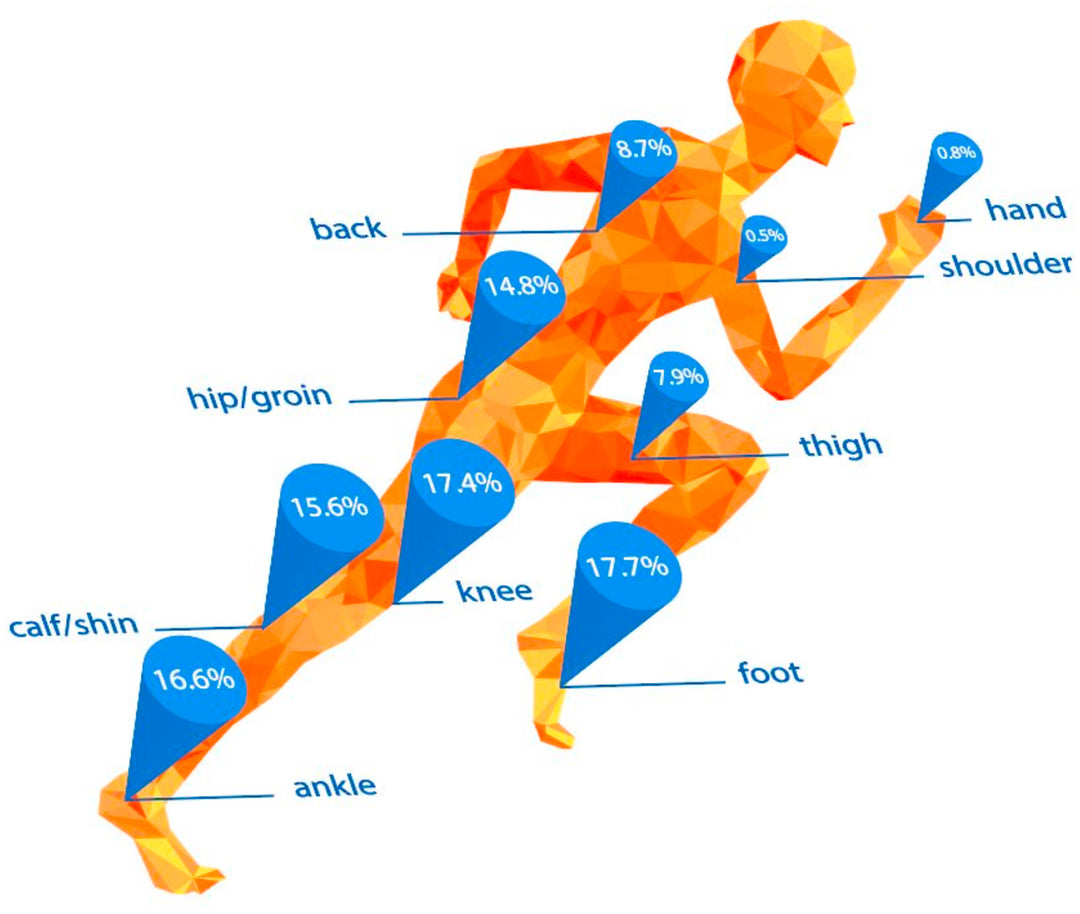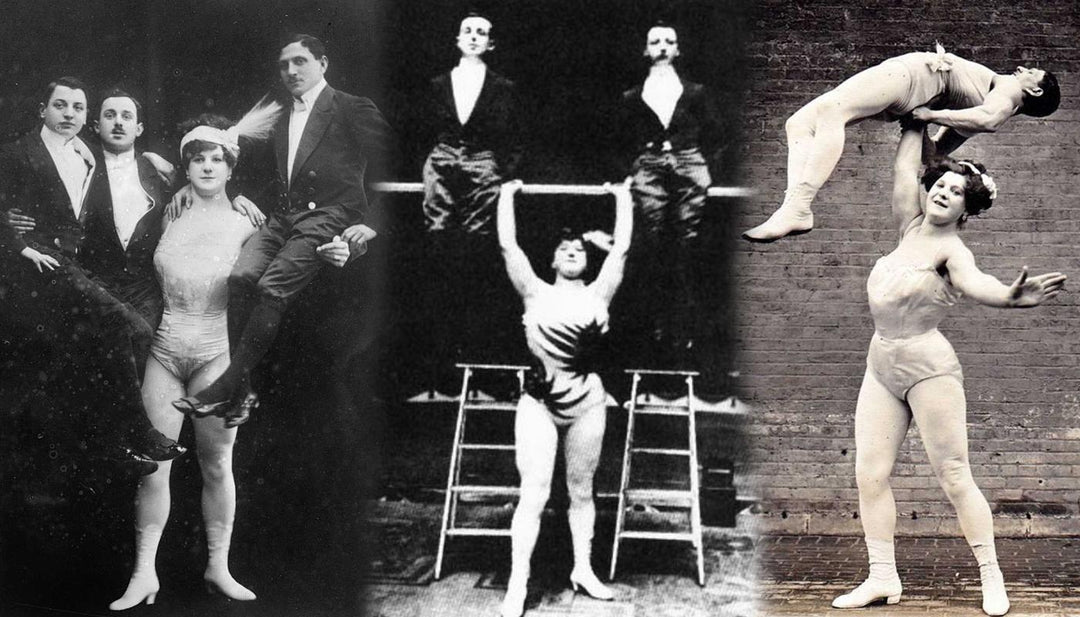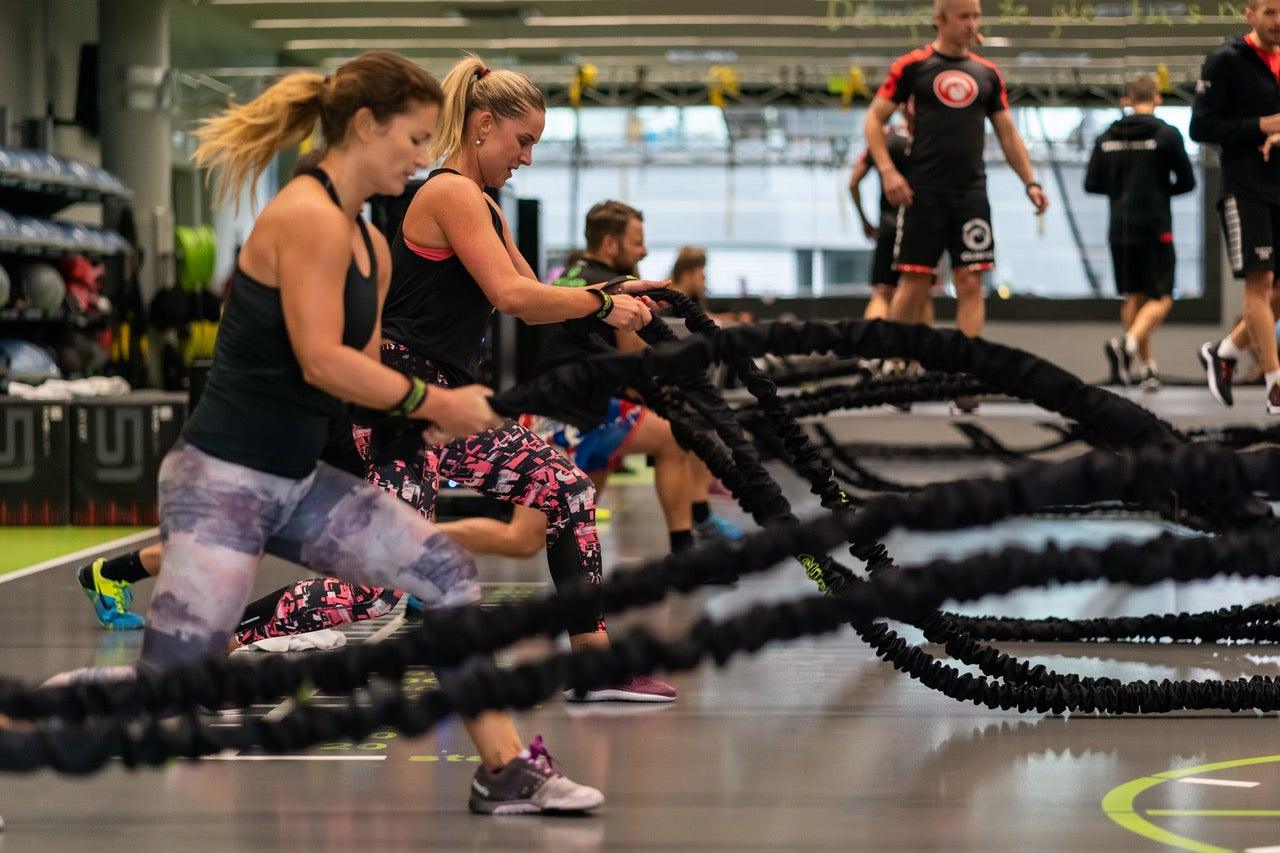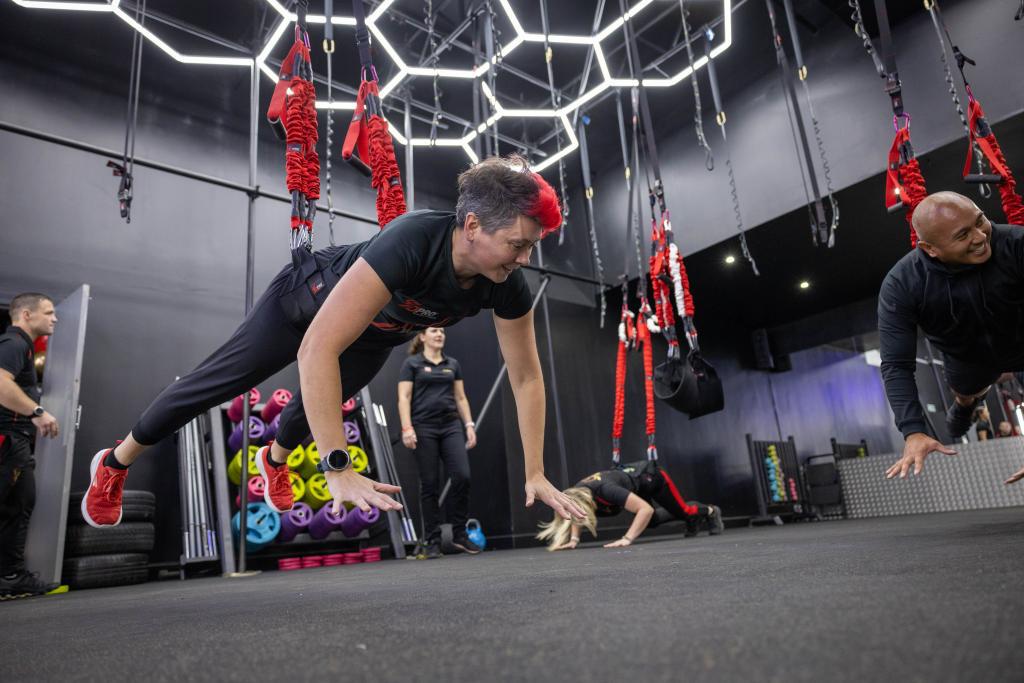Health Blog

Over the past two decades, some documentation suggests potential advantages of resistance training for both competitive and recreational runners. There are observations of enhanced muscle strength and power, increased muscle mass, and potential improvements in athletic performance among individuals who engage in resistance training regimens. Additionally, there is suggestive evidence hinting that resistance training might have a role in reducing the risk of musculoskeletal injuries, with the possibility of mitigating their severity.
However, direct studies quantifying the exact reduction in injury rates due to resistance training are relatively scarce. Nonetheless, the physiological adaptations induced by such training on bone, connective tissue, and muscle imply a potential enhancement in injury resilience for those participating in such programs.
Original article published on Outside Online.

Female athletes are often perceived as less strong than men, with women's muscle strength typically ranging from 40 to 75% of men's, a difference that persists even when adjusting for body size. This gap is particularly notable in upper body strength but diminishes when considering muscle mass, where similarities between men and women emerge.
Despite similar muscle fiber counts, gender differences arise due to variations in muscle tissue type, body shape, and exercise routines. For instance, men may possess more fast-twitch muscle fibers suited for bursts of power. Recent studies highlight comparable leg muscle power between men and women, suggesting that strength and power are influenced not only by muscle size but also by factors such as muscle composition and neural control, encompassing aspects like muscle thickness and fibre angle.







